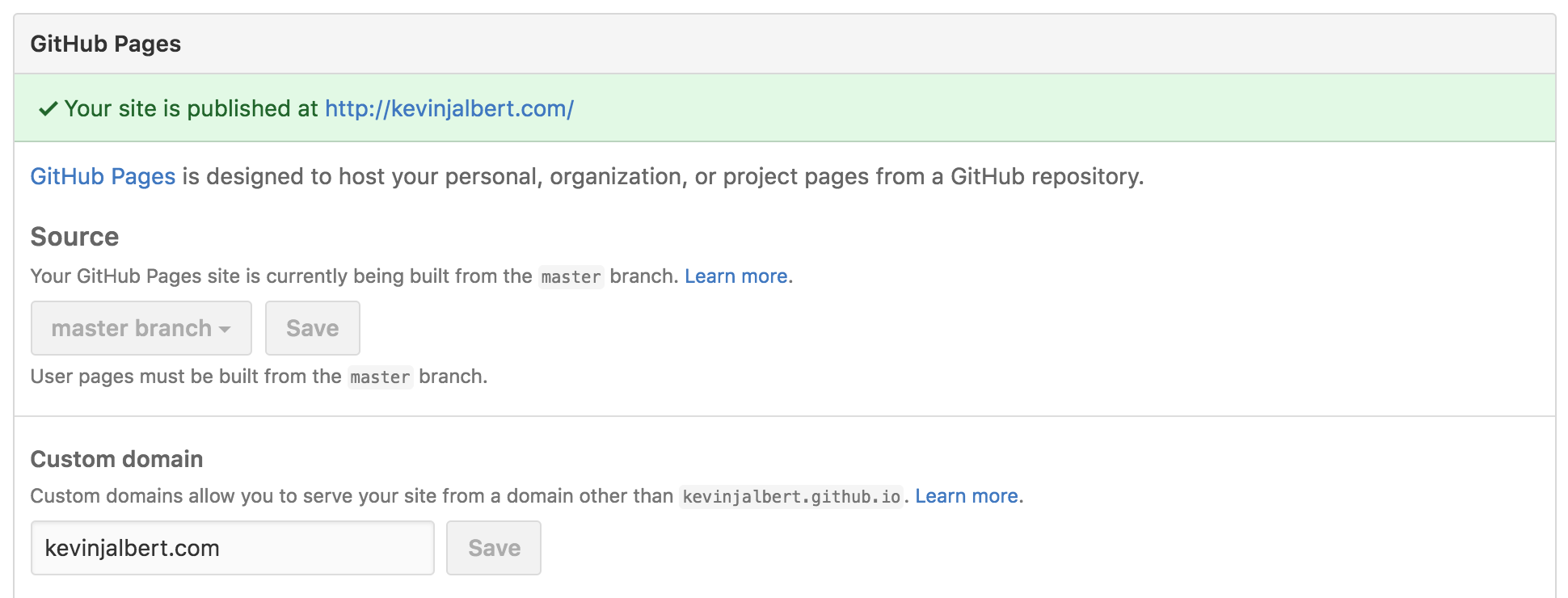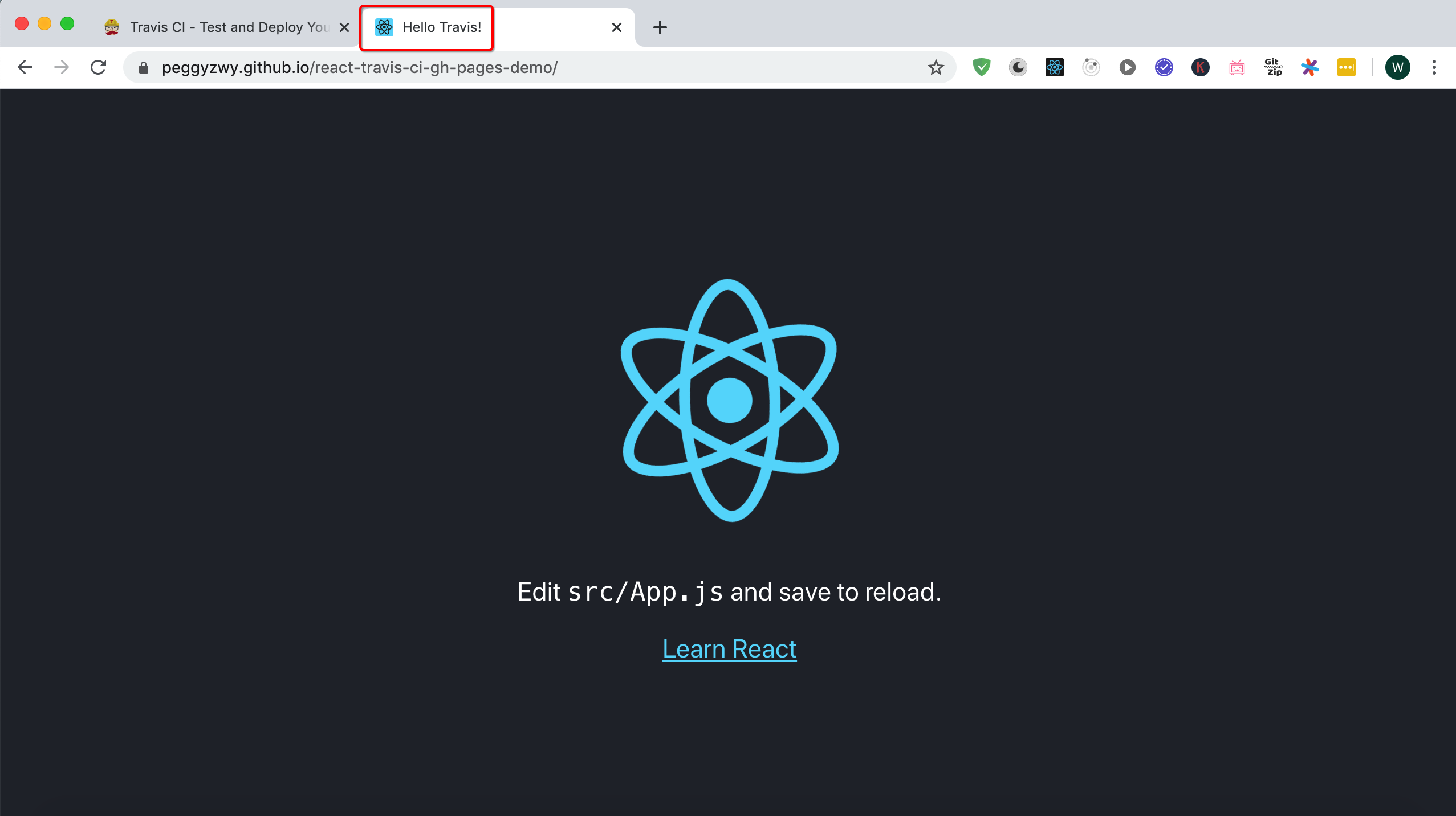
It requires more knowledge about sysadmin and devops, but at the same time, it gives you more control. Then you get access to your own machine that you have full control over. You can buy a VPS (Virtual Private Server) such as DigitalOcean. If you don’t like the idea that everything “just works” like with Elastic Beanstalk and Heroku, then there is an option for you. That means it’s pretty cheap to throw up a server just to test something out. Also, deploying is automated and works with a simple command from your terminal. You don’t need to think about installing/configuring an OS or reverse proxy. And they both provide autoscaling meaning your app will be able to handle a lot of users accessing your site simultaneously. These are two solid options:īoth these cloud providers support many different programming languages including Node. There are modern cloud providers that have automated a lot to make it much simpler than it was before. Hosting a backend app is a bit more work than hosting static files.

Perfect for: Portfolio site, personal web page, a quick demo, etc. And with create-react-app, the deployment is super simple and well documented.

If you are already using Github, then you don’t even have to create a new account. Use Github pages if you just want something up and running quickly. Perfect for: Your or your client’s production application. But the good thing is you only pay for what you use. This is a robust and reliable platform to run your React app on. It is a distributed storage with at least 3 geographically separated locations.

Amazon S3Īmazon S3 promises a 99.999999% uptime which is pretty impressive. Which one should you pick? It depends based on the requirements of your app. All you need is some static file hosting. Your frontend app is only pure HTML/JS/CSS. Now, where do you deploy them so they are accessible on the internet? Frontend You have a React frontend app (created with for example create-react-app), and one backend API app.


 0 kommentar(er)
0 kommentar(er)
